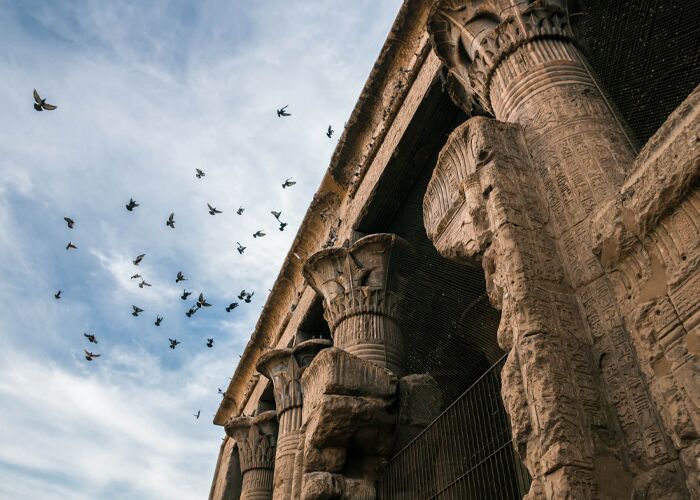Temple of Esna
A lot of people visit Pharaonic land all through the year. Luxor was the most important city in ancient Egypt. Most of Egypt’s temples and monuments from the past are in this city. Because Luxor was the capital of the New Empire, a lot of the things to see and do there are from that time.
There are also memorials from more recent times. The Temple of Esna is one of the temples that have been kept in Luxor. The city of Esna, 50 km south of Luxor, is where the Temple is.
How the Temple of Esna came to be
During the time of the Ptolemies and the Romans, the city of Esna was called “Lunyt,” and it was the capital of Nomo III of Upper Egypt. “Temple of Jnum” is another name for the Temple of Esna.
The Temple was dedicated to the three gods of Esna: Jnum, Anuket, and Seshat. The temple was built during the XVII Dynasty, when Thutmosis III and Amenhotep II were kings. Then, during the time of the Ptolemies and the Romans, it was made bigger.
As a Greek-Roman name, it was called “Lates Niloticus” (Nile Perch). The goddess Neith was linked to this name (goddess of hunting and fishing).
When the Temple of Esna was built
The most important part of the Temple of Esna is the hypostyle room, which was started during the reign of Tiberius. The room is the part of the Temple that is best kept. The front of the room is made up of columns and small windows that let light in.
There are 24 14-meter-tall columns in the room. The most noticeable thing is that the tops of the columns are shaped like flowers. Large slabs were used to build the ceiling. They were decorated with bas-reliefs that showed a pharaoh with gods, the hunt for the pharaoh, signs of the zodiac, astronomical events, and a calendar of holidays.
In the courtyard in front of the Temple is a single statue of the goddess Menheyet with a lion’s head.
Over the Esna Temple
On the site where people used to worship Jnum, the Temple was built. Under all the broken pieces, the Temple of Esna was found. In 1860, only a small part had been dug up. The hypostyle room was dug out by Augustus Mariette. The Temple is 10 m below the surface of the ground.
Both the Temple of Dendera and the Temple of Edfu can be seen in the designs on the columns. Inscriptions in the Temple’s corridor of columns say that “Decius” was the Roman Emperor in the year 250 A.D.
Book your trip to Egypt and learn about Egyptian history.
Egypt is full of beautiful and magical places that you shouldn’t miss the chance to see. It is also interesting and recommended to visit the ancient cities of Luxor and Aswan while taking a cruise on the Nile. If you want to see more of the land of the pharaohs, you can book one of our Egypt travel packages.

